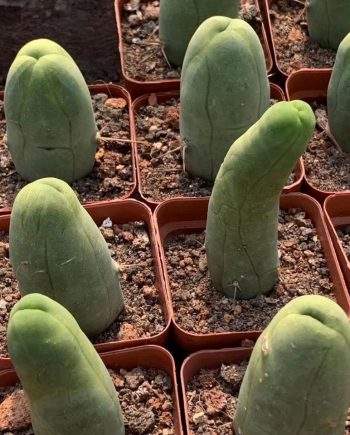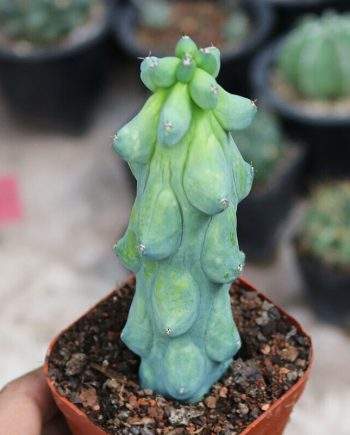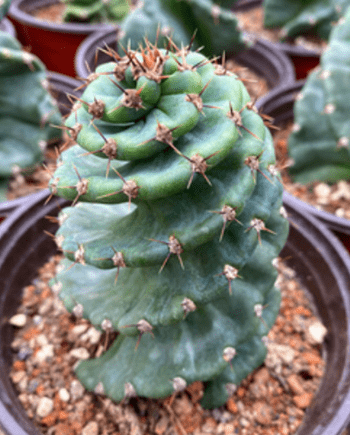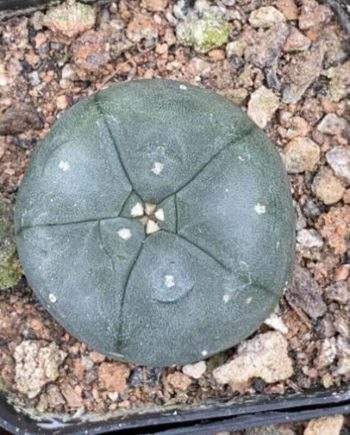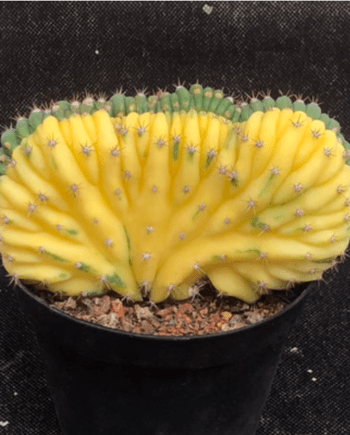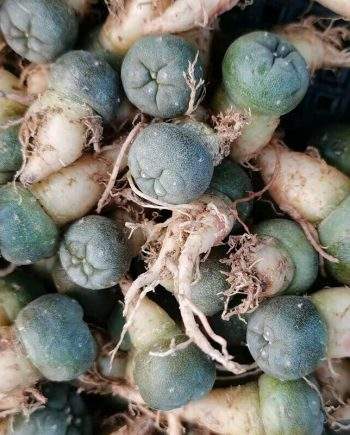Echeveria, with their captivating rosettes of fleshy leaves and vibrant colors, have captured the hearts of plant enthusiasts around the world. These striking plants are not only prized for their aesthetic appeal but also for their resilience, natural beauty, and adaptability. a beloved addition to the world of horticulture. The history of the genus Echeveria, spanning centuries and continents, reveals a fascinating journey from their native Mexican landscapes to gardens and collections worldwide.

The Echeveria genus, belonging to the family Crassulaceae, was named in honor of Atanasio Echeverría y Godoy (1771–1803), a 19th-century Mexican botanical artist and naturalist known for his significant contributions to the study and documentation of the rich flora of Mexico in the 19th century. Echeverría’s work played a crucial role in expanding our understanding of Mexican plants and their diversity, and he is also known for the naming of the Echeveria genus, which comprises the popular Echeveria succulents. The genus comprises over 150 species, each with its own unique characteristics and charm.
Echeverría was born in Mexico in 1771 and passed away in 1803. He dedicated much of his life to the exploration of his country’s diverse plant life. His botanical illustrations and descriptions helped botanists and scientists identify and classify various plant species native to Mexico. Echeverría’s work was especially valuable in the field of succulent plants, where he documented and illustrated many species, including the Echeveria succulents.
It is said that Echeverría’s contributions to the world of botany and natural history were acknowledged by the renowned French botanist Adrien-Henri de Jussieu. Jussieu recognized Echeverría’s dedication and expertise, and as a result, the Echeveria genus was named in his honor.

Echeverría’s work continues to be valuable for researchers, botanists, and plant enthusiasts who study Mexican flora. The Echeveria genus, as well as other plant species documented and illustrated by Atanasio Echeverría y Godoy, serve as a lasting testament to his important contributions to the world of botany and botanical art in Mexico.
More info on Atanasio Echeverría y Godoy found here
Echeveria succulents have been gracing the arid landscapes of Mexico for centuries. Their natural beauty was not only admired by indigenous people but also caught the attention of European explorers and plant collectors in the 18th and 19th centuries. However, it was in the 19th century that the Echeveria genus gained prominence in the horticultural world when European botanists started bringing these succulents to Europe for cultivation. Their ease of care and stunning appearance quickly made them a favorite among succulent enthusiasts.

The Echeveria genus is rich in diversity, with more than 150 recognized species. These species exhibit a wide range of sizes, shapes, and colors, making them a delight for collectors. Many of the 150 acknowledged species have been hybridized to create fresh varieties, resulting in an extensive collection of over a thousand distinct cultivars. The majority of Echeverias displaying bumpy gourd-like growth, ruffled, crinkled, or textured appearances are the outcome of these hybridization efforts.

While gaining popularity worldwide, their native habitats are facing numerous threats. Habitat destruction, climate change, and illegal collection for the horticultural trade are some of the significant challenges these plants encounter. Echeveria’s native regions in Mexico are under pressure due to urban development and agricultural expansion, which result in the loss of their natural habitats.
Efforts to protect Echeveria succulents and their habitats are underway. Conservation organizations and botanists are working to document and monitor these plants in their natural environments. Additionally, there are campaigns to raise awareness about the importance of preserving these species and their habitats. Conservation programs and initiatives aimed at safeguarding the survival of Echeveria succulents include habitat restoration projects, controlled cultivation for commercial purposes, and legal regulations to curb illegal collection.

Growing and Caring for Echeverias:
- Low-Maintenance Beauties:
- Echeverias are known for their low-maintenance nature, requiring minimal attention once established.
- Well-Draining Soil:
- Plant your echeverias in well-draining soil.
- Most cactus potting soils are suitable for echeverias due to their excellent drainage properties.
- You can also enhance the soil by adding perlite and coarse sand in a 1:1 ratio to further improve drainage.
- Choose the Right Pot:
- Opt for an unglazed pot, such as terra-cotta, with drainage holes.
- Unglazed pots help absorb excess moisture, safeguarding the roots against overwatering.
- Sunlight Requirements:
- Echeverias thrive on ample sunlight for proper development.
- Place your echeveria in an area that receives approximately six hours of direct sunlight each day.
- Watch the plant’s shape for indications of adequate light; if it stretches towards the light source, it may need more sun.
- During the warmer summer months, consider moving your echeveria outdoors to ensure it gets sufficient sunlight.
- Watering Care:
- Avoid overwatering your echeveria, as they are highly sensitive to excess moisture.
- Water thoroughly, then allow the soil to dry completely before the next watering.
- Overwatering can lead to root rot and attract pests like mealybugs.
- Ideal Temperature:
- Echeverias prefer a desert-like environment and are intolerant of cold temperatures.
- Keep them in a dry space, as excess humidity can lead to root rot and plant decline.
- Generally, a household temperature of around 70 degrees Fahrenheit is suitable for echeveria plants.
- Repotting:
- Most echeveria plants do not require frequent repotting.
- If your plant has outgrown its container, gently remove it and clear soil from its roots.
- Repot it in a new container with fresh cactus potting mix.
- The best time to repot Echeverias is in spring, which marks the start of their growing season.
Two Methods for Propagating Echeveria Plants:
- Offsets:
- Echeveria plants naturally produce offsets, or “pups” that can be easily separated and grown independently.
- Gently detach or cut the small rosette away from the mother plant, and allow it to air dry for a few days.
- After drying, replant the offset in a separate container, ensuring it has well-draining soil.
- Leaf Cuttings:
- To propagate Echeverias from leaf cuttings, carefully remove a healthy leaf from the mother rosette by gently wiggling it side to side with a slight twist until it detaches.
- Place the leaf in a pot filled with dry soil, positioning it so that the cut end is in contact with the soil.
- Put the pot in an area with bright indirect light; avoid direct sunlight during the initial stages.
- Refrain from watering the cuttings until roots begin to develop. You can mist the leaves gently every few days to keep them hydrated.
- After a few weeks, you should notice new growth. At this point, you can transplant the new plants into their individual containers for continued growth and care.


Some Products
-
Penis Cactus – TBM Clone B$37.00
-
Myrtillocactus Geometrizans cv. Fukurokuryuzinboku$38.00
-
Product on saleCereus forbesii cv. SpiralisOriginal price was: $45.00.$42.00Current price is: $42.00.
-
Lophophora williamsii 2cm-4cm$36.00 – $156.00
-
Trichocereus Pachanoi Monstrose Cristata Variegata (TPMCV)$62.00
-
Lophophora Williamsii (Peyote) 1cm-2cm 5pcs$53.00

